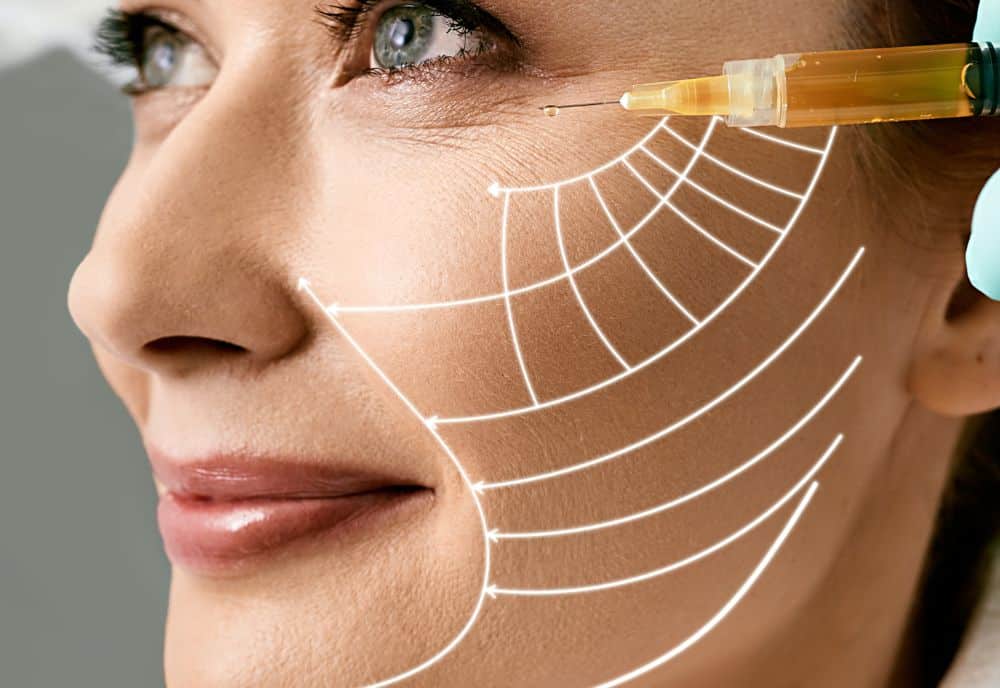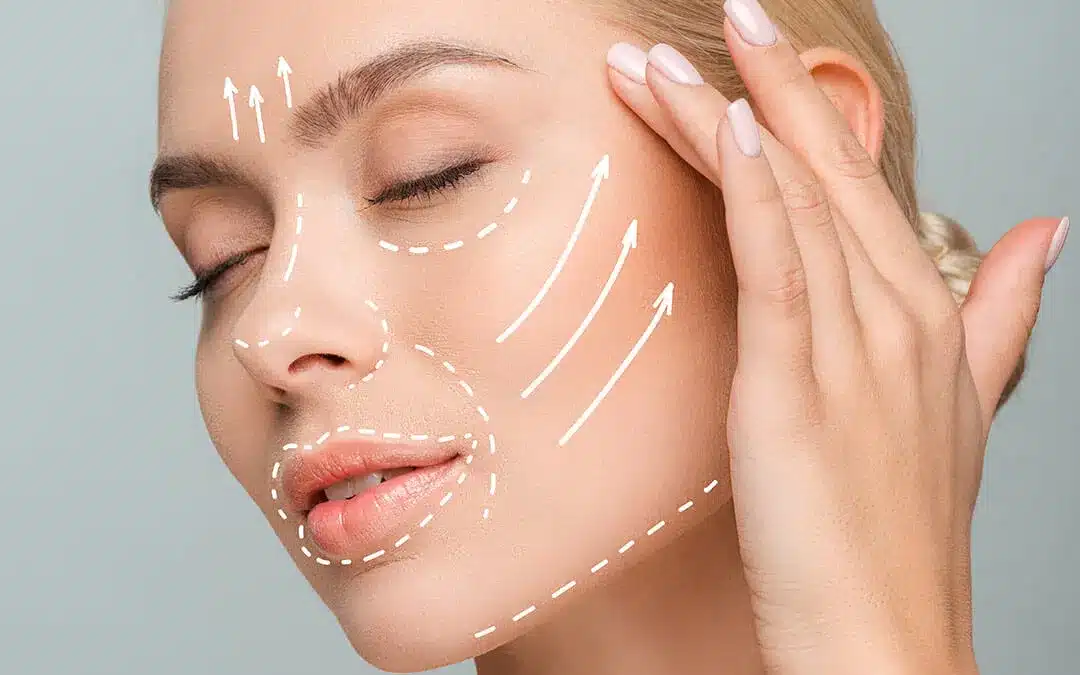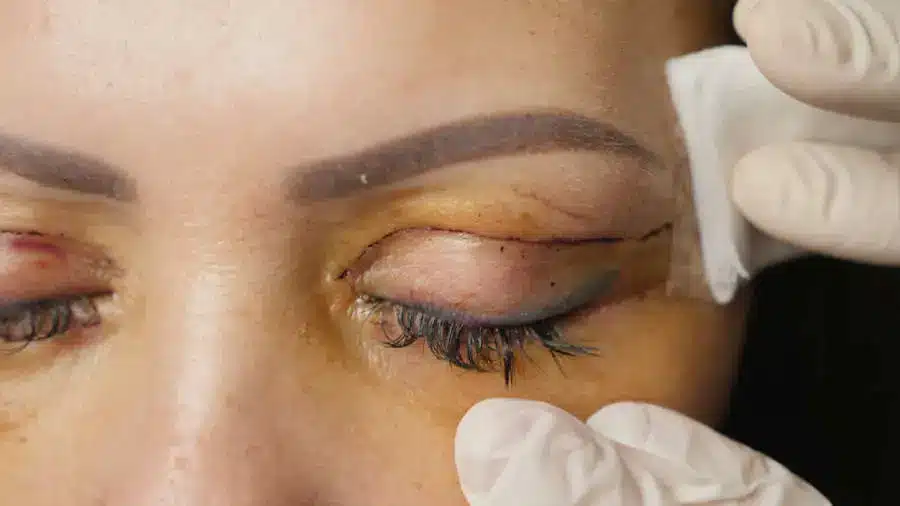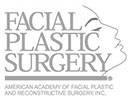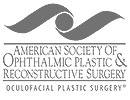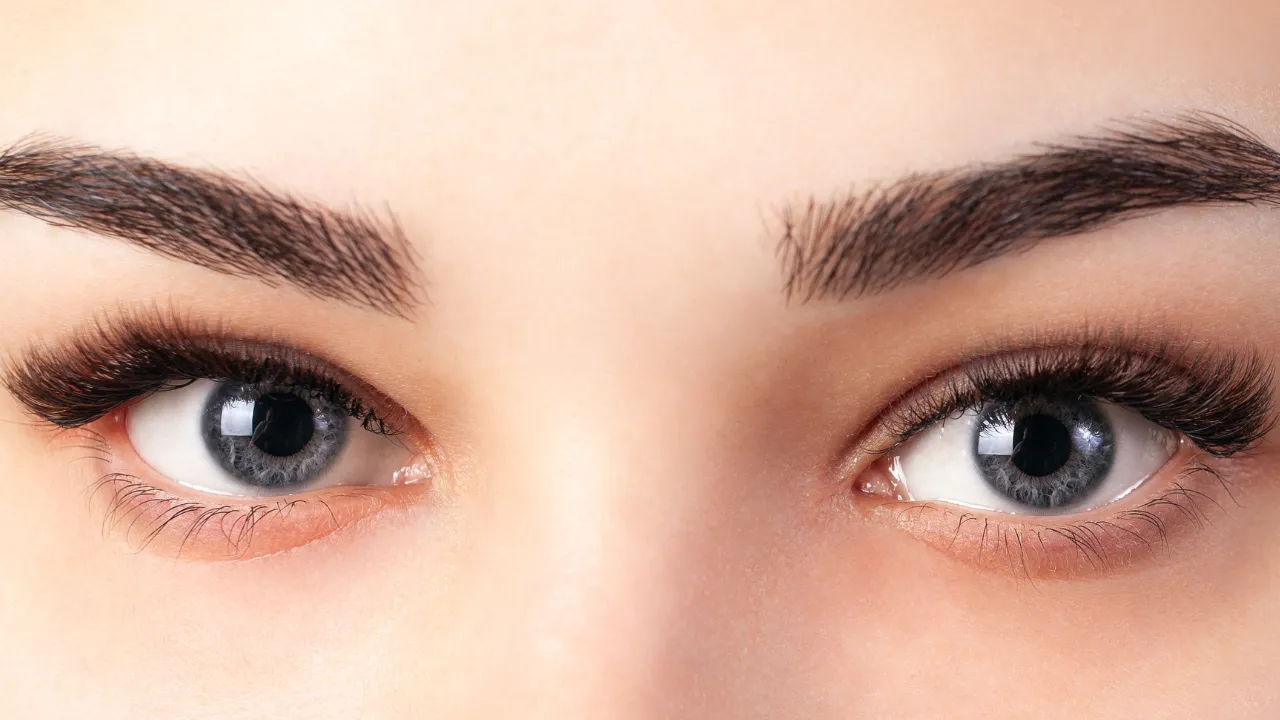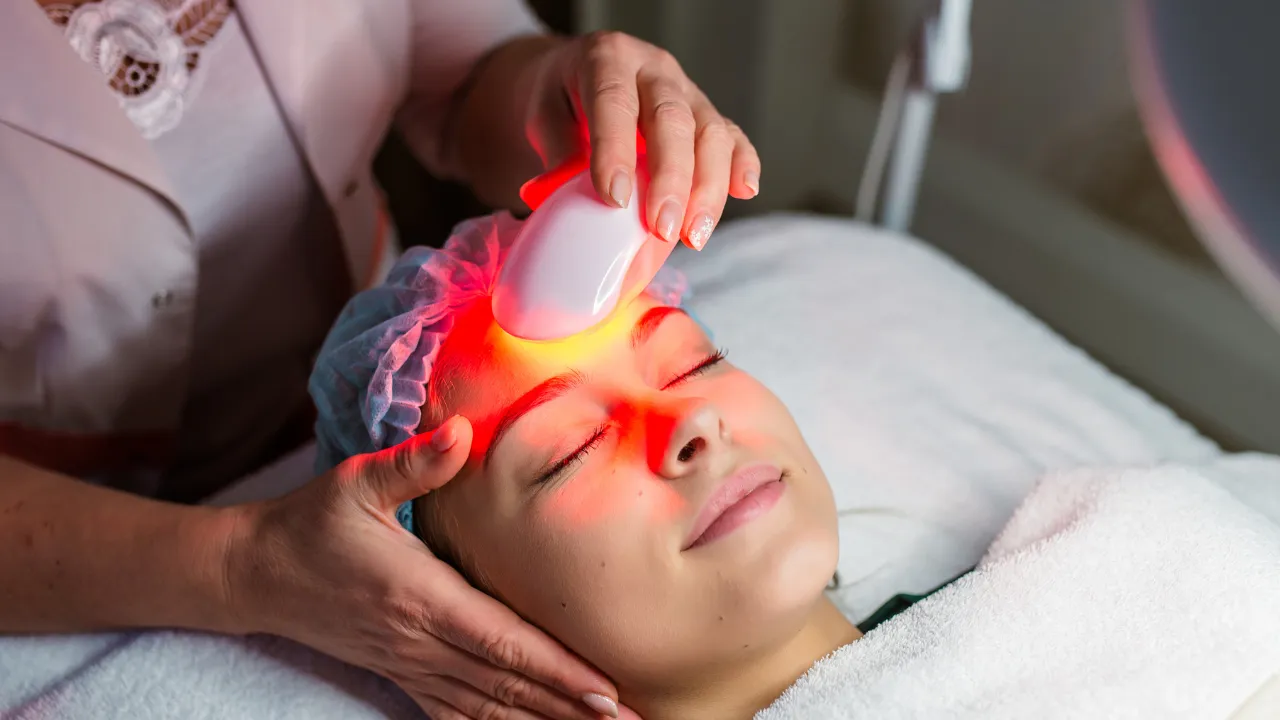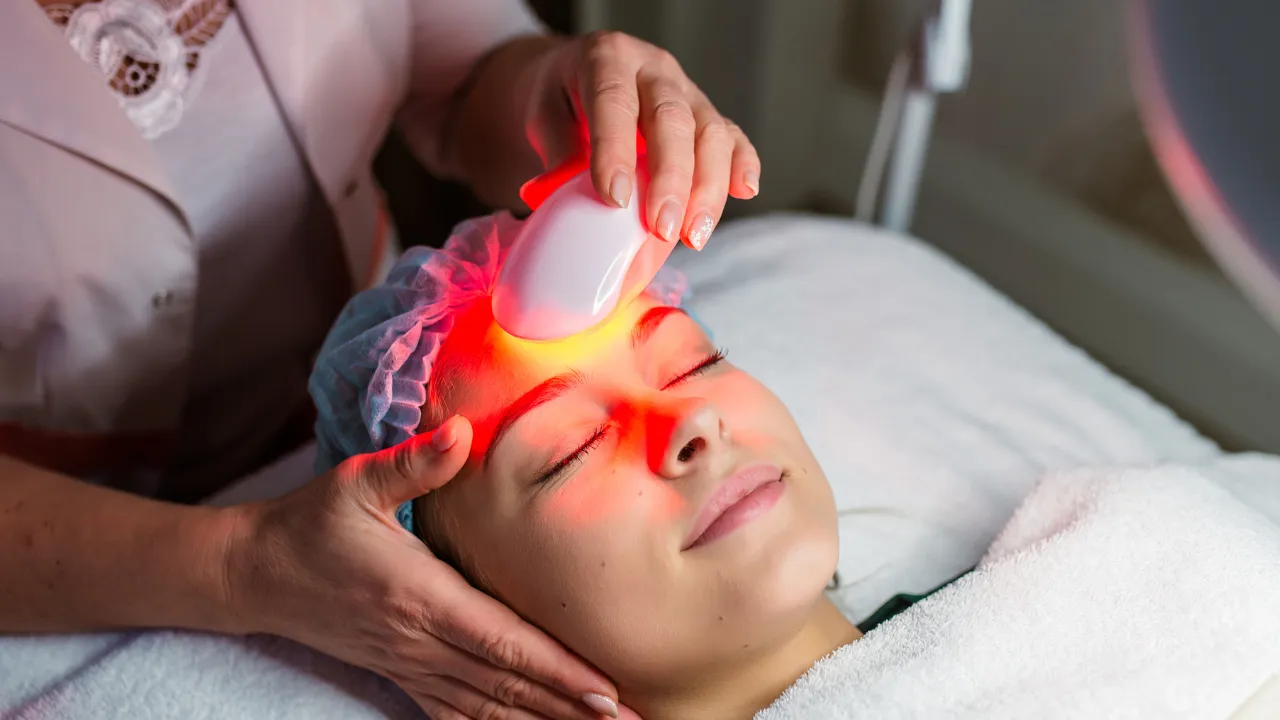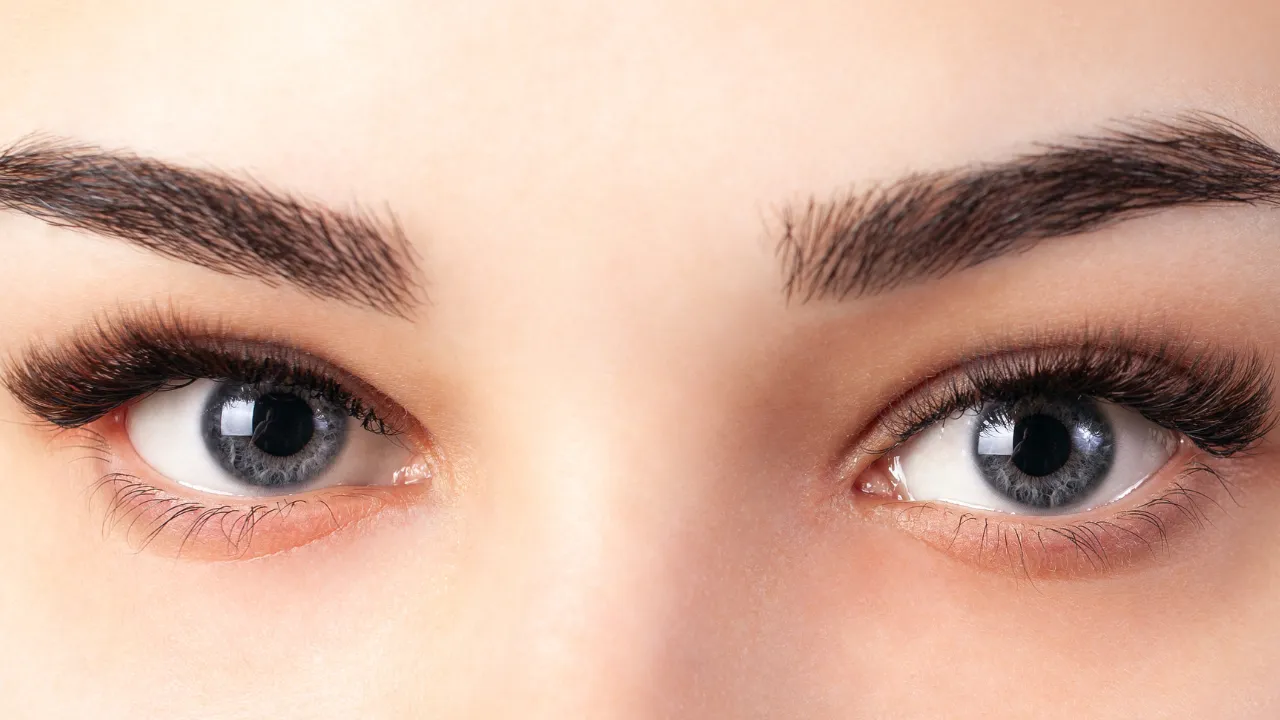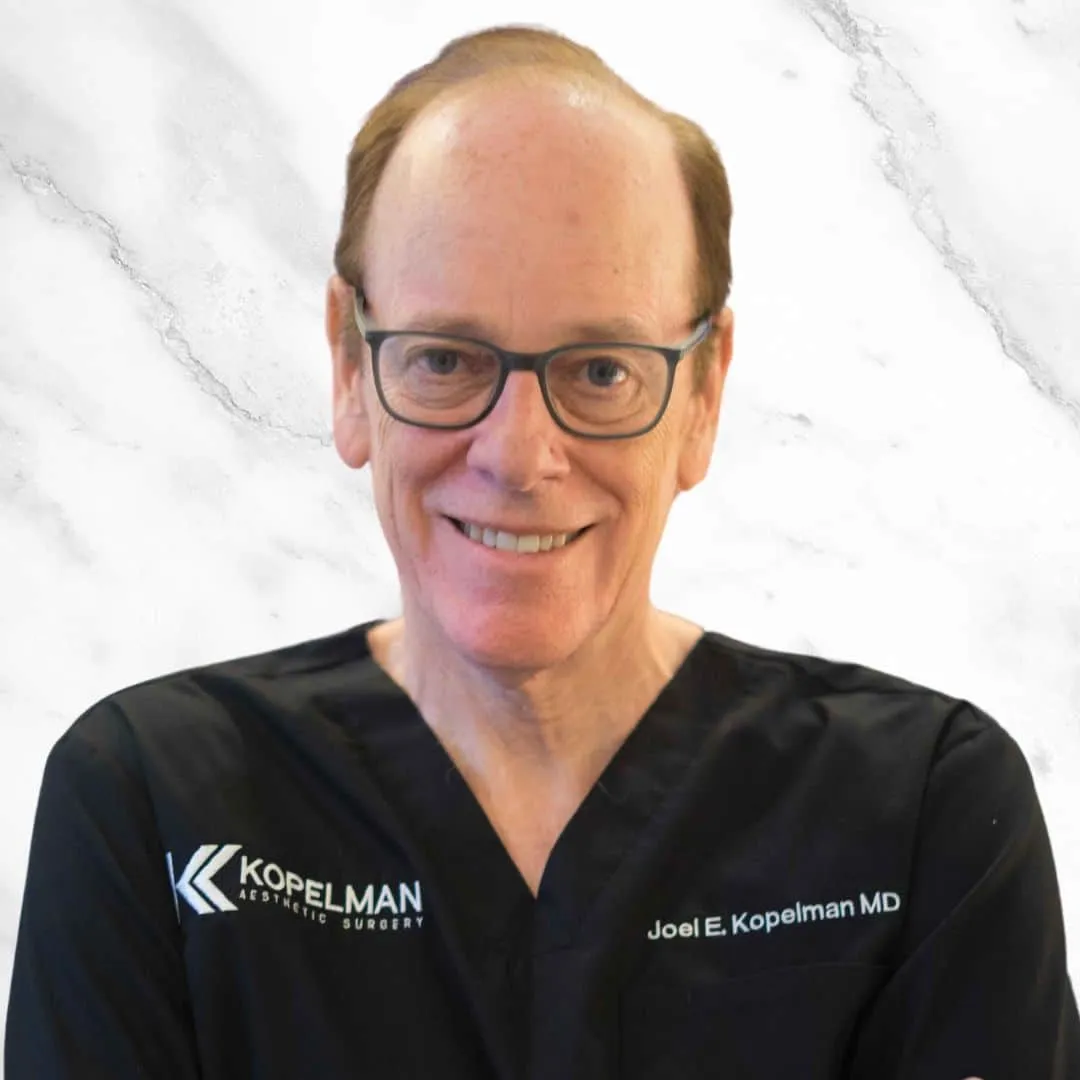The Vampire Facial and Vampire Facelift are popular, non-surgical treatments that use PRP (Platelet-Rich Plasma) from the patient’s own blood to rejuvenate skin and boost collagen. Dr. Kopelman highlights how these procedures, focused on natural healing, deliver a youthful glow—while the Vampire Facelift combines PRP with fillers for a subtle lift.
Table of Contents
ToggleWhat Is a Vampire Facial and Vampire Facelift?
The Vampire Facial and Vampire Facelift are advanced cosmetic procedures designed to rejuvenate the skin using the body’s natural healing properties.
These treatments utilize PRP (Platelet-Rich Plasma) extracted from the patient’s own blood to stimulate collagen production, enhance skin texture, and provide a youthful glow. While both procedures share the use of PRP, each has a unique approach and effect, making them popular choices for non-surgical facial rejuvenation.
What Are Vampire Facials? Differences Between Vampire Facial and Vampire Facelift
A Vampire Facial involves micro-needling paired with PRP application to penetrate the skin and stimulate collagen, improving tone and texture.
The Vampire Facelift, however, combines PRP with dermal fillers, which not only boosts skin quality but also adds volume and a lifting effect to specific facial areas.
This difference in technique means that the Vampire Facelift is often chosen for a more pronounced enhancement, while the Vampire Facial focuses on overall skin rejuvenation.
What Is a Vampire Facial? Origins and Purpose of Plasma Therapy for the Face
The Vampire Facial originated from the growing interest in PRP therapy, a technique widely used in medical fields like orthopedics and sports medicine for its regenerative effects. Applied to facial aesthetics, plasma therapy aims to revitalize the skin by promoting cellular renewal, collagen growth, and a natural, radiant look.
This non-surgical approach appeals to those seeking effective skin rejuvenation without the need for invasive treatments.
How PRP Treatment for Face Works in a Vampire Facelift
The Vampire Facelift is a non-surgical procedure that rejuvenates the skin by using PRP (Platelet-Rich Plasma) and dermal fillers.
By drawing and processing the patient’s own blood to extract growth-factor-rich plasma, the treatment stimulates collagen production, boosts cell turnover, and adds subtle volume, leading to a firmer, more youthful look.
This blend of natural healing and volume enhancement makes the Vampire Facelift a unique and effective approach to facial rejuvenation.
PRP (Platelet-Rich Plasma) and Its Role in Skin Rejuvenation
PRP is derived from the patient’s own blood, where plasma containing a high concentration of platelets and growth factors is separated for use in facial treatments. These growth factors are essential in healing and regeneration, helping stimulate collagen production and improve skin elasticity. When injected into the skin, PRP boosts the body’s natural rejuvenation process, resulting in improved texture, tone, and an overall youthful glow.
Step-by-Step Overview of the Vampire Facelift and Injections
- Blood Draw: A small amount of blood is drawn from the patient, similar to a routine blood test.
- PRP Extraction: The blood is placed in a centrifuge to separate the platelet-rich plasma from other components.
- Application of Fillers: Dermal fillers are first injected into targeted areas to add volume and lift sagging skin.
- PRP Injections: The PRP is injected into the skin, focusing on areas needing regeneration, where it boosts collagen production and enhances skin texture.
- Recovery and Results: Mild redness or swelling may occur, but results typically appear gradually over a few weeks as collagen rebuilds and skin revitalizes.
Vampire Facial Benefits and Advantages of a Vampire Face Lift
Vampire Facial Benefits
The Vampire Facial offers a range of skin-enhancing benefits by using PRP to promote natural healing and regeneration. Key advantages include:
- Improved Skin Texture and Tone: PRP stimulates collagen production, reducing fine lines and creating a smoother skin texture.
- Radiant, Youthful Glow: The natural healing process revitalizes the skin, giving it a refreshed and healthy glow.
- Minimally Invasive: As a non-surgical treatment, it requires little to no downtime, making it a convenient option for skin rejuvenation.
- Reduced Signs of Aging: Regular treatments can minimize the appearance of wrinkles, acne scars, and other imperfections.
Advantages of a Vampire Facelift
The Vampire Facelift combines PRP with dermal fillers to provide both volume and skin regeneration benefits. Key advantages include:
- Enhanced Facial Volume: The addition of fillers adds subtle lift and volume to areas like cheeks and under-eye hollows, restoring youthful contours.
- Natural-Looking Results: The blend of PRP and fillers offers a gradual enhancement that looks natural, without an “overdone” appearance.
- Long-Lasting Effects: While fillers provide immediate volume, PRP stimulates ongoing collagen production, extending the overall rejuvenation effect.
- Quick Recovery: Like the Vampire Facial, the Vampire Facelift is minimally invasive, allowing most patients to resume normal activities shortly after the procedure.
- Customizable Treatment: Each session can be tailored to the patient’s needs, focusing on specific areas to achieve balanced, youthful results.
Risks and Side Effects of Vampire Facelift and Facial
While the Vampire Facial and Vampire Facelift are popular for their rejuvenating effects, they come with potential risks and side effects. Understanding these helps patients make informed decisions and prepare for recovery.
Vampire Facial Side Effects and Recovery Time
The Vampire Facial is minimally invasive, but some side effects may occur, including:
- Redness and Swelling: Mild redness and swelling are common, usually fading within a few hours to days.
- Bruising and Peeling: Light bruising and peeling can occur, manageable with gentle skincare.
Most patients resume normal activities within 1-2 days, with sun protection recommended during healing.
Side Effects of Vampire Facelift and Safety Concerns
The Vampire Facelift, combining PRP with fillers, may involve:
- Injection Site Reactions: Temporary swelling, bruising, or tenderness at injection sites.
- Allergic Reactions: Rare but possible, especially with fillers, so discussing allergies is essential.
Minor side effects typically resolve quickly, with patients often able to return to daily routines in a few days.
Cost and Candidacy for a Vampire Lift
The Vampire Facelift is a non-surgical cosmetic procedure that combines platelet-rich plasma (PRP) therapy with dermal fillers to rejuvenate the skin. The cost of this treatment varies based on factors such as the provider’s expertise, geographic location, and individual patient needs. On average, the procedure ranges from $1,500 to $2,500.
How Long Does the Vampire Facial Last?
The effects of a Vampire Facial typically last between 6 to 12 months. This duration varies depending on individual skin type, age, lifestyle, and how well the skin is cared for post-treatment.
The boost in collagen production and skin rejuvenation from the PRP can lead to gradually improved results over a few weeks, with optimal benefits generally peaking around 3-4 months. Many people choose to schedule follow-up treatments once or twice a year to maintain results.
Choosing a Qualified Provider for PRP Treatment for Face
When considering PRP treatments for facial rejuvenation, selecting a qualified provider is crucial for both safety and results. Dr. Kopelman, an experienced expert in aesthetic treatments, emphasizes the importance of choosing certified professionals who follow stringent safety protocols to ensure optimal outcomes.
With PRP procedures involving injections and blood processing, it’s essential to have a provider with the right expertise to avoid complications and achieve natural-looking, effective results.
Importance of Certified Professionals and Safe Practices
Certified professionals like Dr. Kopelman bring a high level of skill and precision to PRP treatments, which is essential for minimizing risks such as infection or asymmetry. Safe practices, from proper sanitation to using FDA-approved equipment, play a critical role in delivering quality care. Consulting a knowledgeable and reputable provider ensures patients receive the benefits of PRP in a secure, controlled environment.

